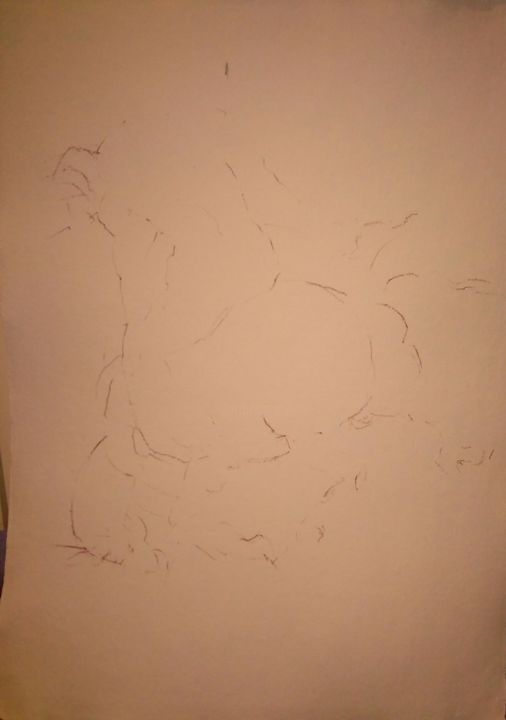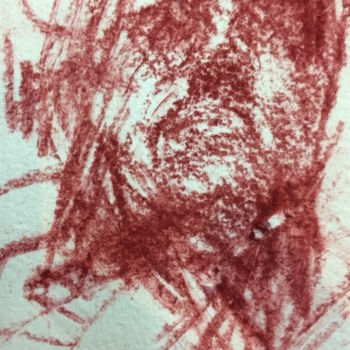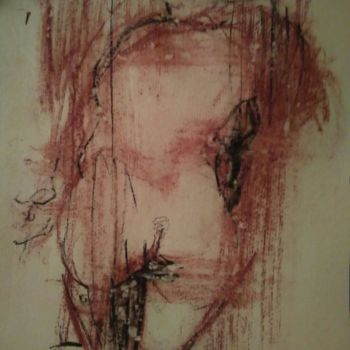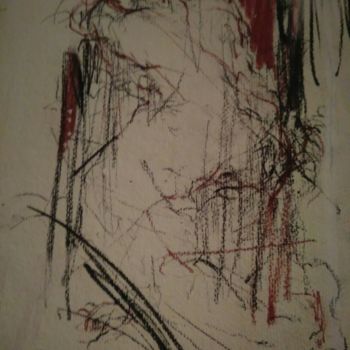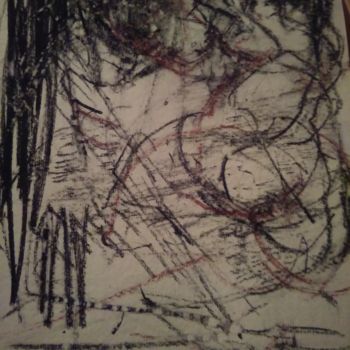22turin-horse-22-02-08-centred.jpg 描画 John Gorman によって
非売品
John Gorman が販売
デジタルライセンス
この画像はライセンス付きでダウンロードできます
$32.57
$130.26
$271.38
最大解像度: 1820 x 2592 px
購入後すぐにダウンロード
アーティストは、販売ごとにロイヤルティを受け取ります
John Gorman が販売
証明書が含まれています
-
オリジナルのアートワーク
描画,
- 寸法 高さ 26.4in, 幅 20.5in
- カテゴリ 図面 $1,000未満
This drawing portrays the first scene of Béla Tarr’s last film – 2011 – which opened to general acclaim from film critics. This philosophical drama begins by the event which led Nietzsche to madness definitively. In Turin, on January 3rd 1889, he saw the driver of a hansom cab having trouble with a stubborn horse. Despite all his urging, the horse[...]
This drawing portrays the first scene of Béla Tarr’s last film – 2011 – which opened to general acclaim from film critics. This philosophical drama begins by the event which led Nietzsche to madness definitively. In Turin, on January 3rd 1889, he saw the driver of a hansom cab having trouble with a stubborn horse. Despite all his urging, the horse refused to move, whereupon the driver lost his patience and took his whip to it. Nietzsche came up to the throng and put and end to the brutal scene, throwing his arms around the horse’s neck, and sobbing. His landlord took him home, where he lied motionless and silent for two days on a divan, until he muttered the obligatory last words: ‘’Mutter, ich bin dumm!’’ [‘’Mother, I am stupid!’’]. He lived for another ten years, silent and demented, cared for by his mother and sisters. Béla Tarr adds in his introductory words at the beginning of the film, which picks up the narrative immediately after these events: ‘’We do not know what happened to the horse’’. His film is a meticulous description of the life of the driver of the hansom cab, his daughter and the horse. It depicts how the driver, his daughter, and the horse, live in an unknown area, seemingly isolated from other people. The pair’s daily routine is established as the film progresses, using white text on a black screen as a transition for each day. The two encounter problems are shown trying to leave, though the camera does not follow them as they go, but shows them as they are coming back for unknown reasons. The pair are shown trying to complete their daily routine, but are unable to, and clearly distraught. Eventually even the lights go out in the house and the screen fades to black, leaving the fate of the two undetermined.
In this drawing, the horse is laying on the ground, prostrated, contorted, his fragile body, which one can only guess the legs, like dislocated, his poignant head hanging down, mute, frozen.
An enormous human body, lacking any head, is weighting in on it, and one cannot clearly distinguish which part of the drawn elements belongs to this colossus, which to the horse. Hence, the artist here creates an unprecedented kind of centauromachy, loaded by the drama the scene is describing.
Like in Tarr’s film, an uniform light fills the whole scene, which convokes another philosopher’s words: “The future belongs to ghosts…” (Jacques Derrida, 1983).
The viewer, here, faces a composition both complex and radical in its novelty. The elliptical line, fragmented, as if several strokes have been thrown on the paper as many highly determined caesurae, makes this drawing appear like an extension of the film which it borrows the title. Anyway, there is of course such a dexterity in this drawing, such an unbelievable inventiveness, regarding space, the disposal of the interwoven bodies on the surface of the paper, that the eye keeps moving back and forth, in its hungrily searching for the incredible power which emanates from this work.
The contrast between the parsimony of the brief pencil strokes and the prodigiously mastered composition is so impressive that the distraught here convoked vanishes, as the viewer is watching and watching again the masterpiece, learning that there cannot be any madness nor misery nor despair unable to be removed and abolished thanks to creation.
In this drawing, the horse is laying on the ground, prostrated, contorted, his fragile body, which one can only guess the legs, like dislocated, his poignant head hanging down, mute, frozen.
An enormous human body, lacking any head, is weighting in on it, and one cannot clearly distinguish which part of the drawn elements belongs to this colossus, which to the horse. Hence, the artist here creates an unprecedented kind of centauromachy, loaded by the drama the scene is describing.
Like in Tarr’s film, an uniform light fills the whole scene, which convokes another philosopher’s words: “The future belongs to ghosts…” (Jacques Derrida, 1983).
The viewer, here, faces a composition both complex and radical in its novelty. The elliptical line, fragmented, as if several strokes have been thrown on the paper as many highly determined caesurae, makes this drawing appear like an extension of the film which it borrows the title. Anyway, there is of course such a dexterity in this drawing, such an unbelievable inventiveness, regarding space, the disposal of the interwoven bodies on the surface of the paper, that the eye keeps moving back and forth, in its hungrily searching for the incredible power which emanates from this work.
The contrast between the parsimony of the brief pencil strokes and the prodigiously mastered composition is so impressive that the distraught here convoked vanishes, as the viewer is watching and watching again the masterpiece, learning that there cannot be any madness nor misery nor despair unable to be removed and abolished thanks to creation.

